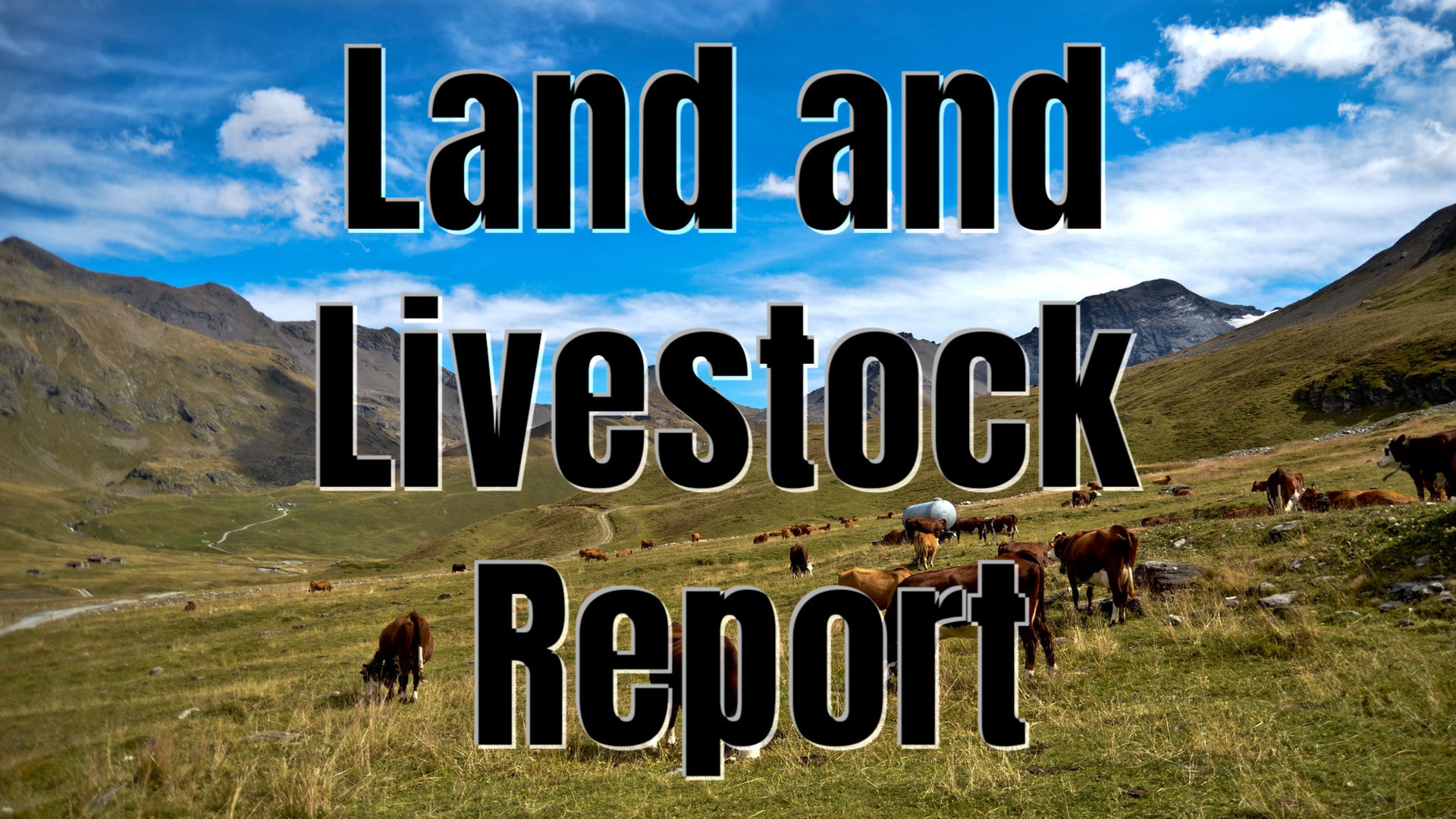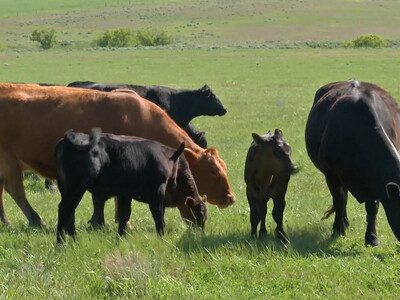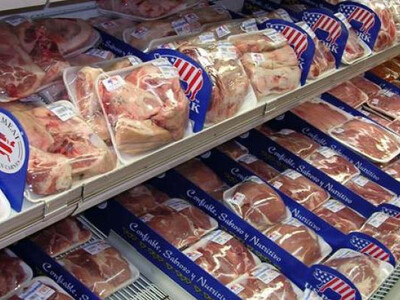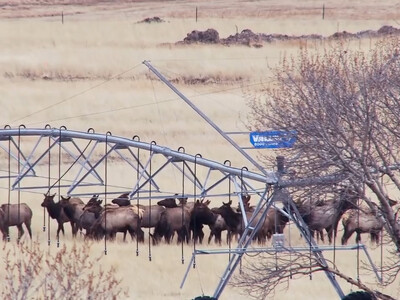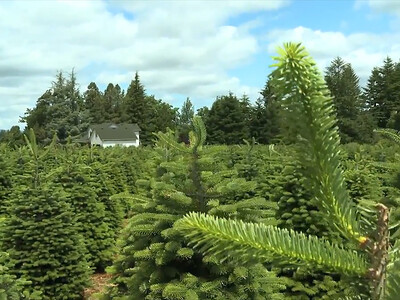The Toxicity of Tall Larkspur
Most all ranchers realize that larkspur is on of the more toxic plants for cattle. Unfortunately the plant is found throughout the pastures and rangelands in the foothills and mountains of the western United States.USDA Agricultural Research Service has a team of researchers that have been studying the toxicity of larkspur and have determined that the level of toxicity can depend on the stage of plant growth, the species of larkspur as well as where in the West the plant is found. With all of these variables to consider, research toxicologist Dr. Kevin Welch says
Welch: "Right now my feeling is still the best thing for a rancher to know is that larkspur is toxic to their cattle. They should try to minimize in any way they can, limit the amount of grazing their cattle will have in a larkspur infested area. With that said, the level of toxicity of larkspur changes over the growing season. We have established what we call the toxic window. For most species of tall larkspur, cattle won't graze it early in the year. It's not until the plant starts to flower that it really becomes enticing and palatable to the cattle. So earlier in the year, before the plant has flowered the plant is extremely toxic but they generally won't eat enough to get poisoned."
Other research the team is conducting in conjunction with some Nebraska researchers is finding the genetic markers of susceptibility of larkspur toxicity in cows. Welch says that they have discovered that some cows are more susceptible than others.


